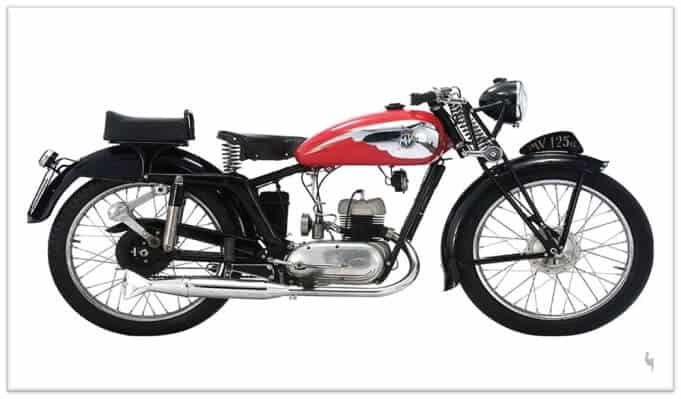The legendary MV Agusta is one of the few motorcycle marques that combined Grand Prix racing success and with an exotic line of road motorcycles. Over the years, MV Agusta has been crafting and building machines that are a step ahead, and stir emotions by looking into the future.
| Engine Oil Model | Category | Size | Check & Shop Now |
|---|---|---|---|
| AMSOIL Full Synthetic Dominator 2-Cycle | Best Extreme Racing 2-Stroke | 1.0 US gal (3.78 liters) | Amazon |
| Motul 7100 4T 10W-40 | Best Eco-Friendly Performance Blend | 1.05 US gal (4 liters) | RevZilla | MotoSport | Amazon |
| Mobil 1 Racing | Best Nanotechnology Enhanced Formula | 0.25 US gal (946 ml) | RevZilla | J&P Cycles | Amazon |
| Castrol Power 1 Synthetic 4T | Best Nano-Ceramic Infused Blend | 0.25 US gal (946 ml) | RevZilla | CycleGear | Amazon |
| Yamalube Hi-Performance | Best Hyper-Performance Formula | 0.25 US gal (946 ml) | RevZilla | MotoSport | Amazon |
| Kawasaki Performance 4-Stroke | Best Hyper-Slick Kawasaki Blend | 0.25 US gal (946 ml) | RevZilla | MotoSport | Amazon |
History of the Legendary MV Agusta Motorcycle
The story of Agusta dates back to 1907 when Count Giovanni Agusta, a Silician aristocrat, and pioneer of flight, founded the Agusta aeronautics company.
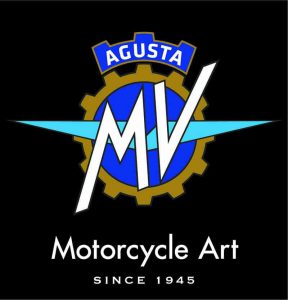
Count Giovanni Agusta moved to Northern Italy, where he established the Meccanica Verghera Srl in Cascina Costa near today’s Malpensa airport. Devoted to design, develop, and advance engineering technology, Count Giovanni started an aircraft factory in 1923.
With lots of aircraft orders, the company grew as expected until the intervention of World War II. In 1927 aged 48, Count Giovanni died, and he was succeeded by his wife Guiseppina and sons at the helm of the family business.
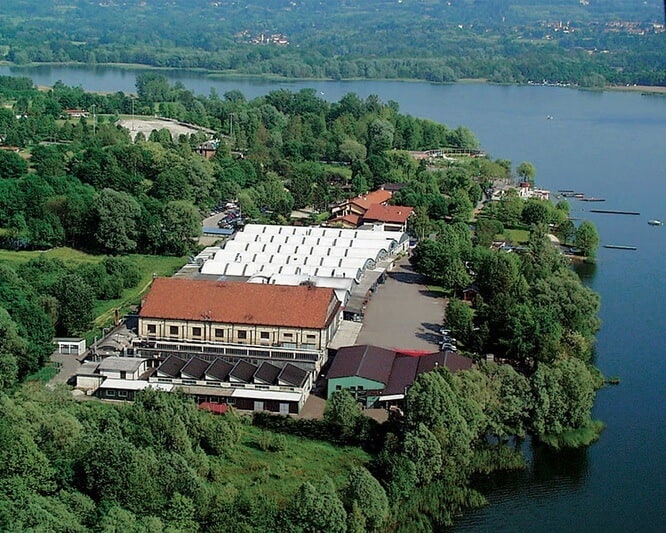
Factory View

1943-1945: From Idea to Mass Production
This is where it all started. Following the aftermath of World War II, in which Italy was in prohibited the production of airplanes in Italy, the Agustas focused on motorcycles to continue showcasing their passion for speed, design, and precise engineering.
Since motorcycles had already developed into the company’s DNA, Agustas didn’t have a hard time innovating and save their high-tech business.
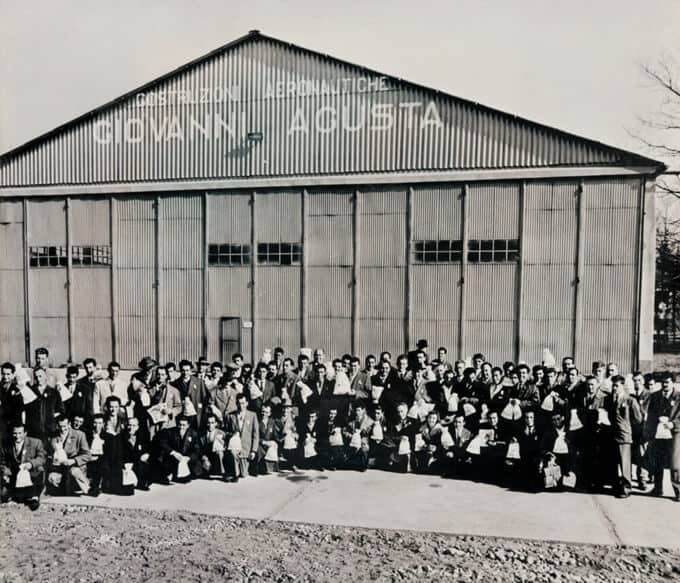
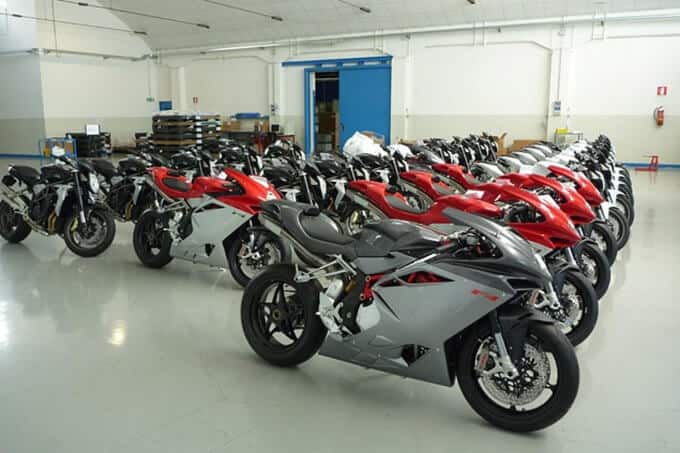

The company quickly survived and launched its first model, MV 98. The company, originally named Meccanica Verghera Agusta, grew exponentially and now boasts the world’s most incredibly beautiful, styled models that uphold MV Agusta’s legacy. In this post, you will find a definitive history of the Legendary MV Agusta Motorcycle.
Read on to know how Agusta grew from an aviation manufacturer to a legendary motorcycle manufacturer.
The First MV Branded Motorcycle
Agusta motorcycles rose to fame in the early 20th century. Following the death of Count Giovanni and the ban of airplane production in Italy, Guiseppina and son Domenico diversified quickly into motorcycles to avoid shutting altogether.
Inspired by the growing demand for individual motorized mobility in Italy, the company’s initial initiative was to produce functional yet inexpensive-to-run motorcycle engines. Although WWII disrupted the plan, the motorcycle project resumed afterward.

It was a two-stroke engine with 98 cc displacement and three port-timing systems. The resulting bike had a direct gear transmission, an oil-bath clutch, a two-stage gearbox, a steel tube rigid frame, and a girder fork.
In October 1945, the first MV Agusta went public and had the letters MV emblazoned on the gas tank. This very first motorcycle was to be named “Vespa 98,” but, unfortunately, the name was registered. For this reason, it was referred to by the number “98”, available in two versions: Touring and Economical.
MV Agusta deliveries began in 1946, where it started competing in endurance races having its first victory that was to last for decades. Although the first race by legendary MV Agusta is not known, this first victory was delivered by Vicenzo Nincioni.
The Roaring Forties
In the wake of the early successes of MV Agusta saw a special racing motorbike, the “MV 98 Sport”, built. This upgrade was designed with a telescopic fork, shorter frame, and an impressive 5hp engine; a record by then for an engine of that size.
MV 98 Sport featured sportier handling with a narrower handlebar and adjusted rear sets for a sportier riding position. As 98 cc was becoming less relevant, MV Agusta introduced new models with increased horsepower and better cylinder capacity like the classic categories of 125, 250, and 500cc.
To cater to passionate bike enthusiasts, the company knew how to convert their racing models into successful road models. The first road model was the 98 “Luxury” version that made a sensation at Milan Trade Fair together with the two-cylinder two-stroke 125 cc single-cylinder 4T bikes exhibited in 1947.
Although the two bikes featured a similar design, the 125 cc model had four gears and two cylinders rather than one. However, due to its high price, MV Agusta was forced to design another affordable model, which saw the affordable 125 Turismo launched.
The 125 Turismo was an advancement of the original MV 98 and was powered by a 123.5 cc single-cylinder engine cranking out 4.8 horsepower.

Alongside 125 Turismo, the company launched 125 Corsa, shoving out 9-horsepower ideal for national and world championships. It also included two additional friction dampers and 21-inch wheels, according to race technical regulations.
The Boom of the 1950s
When racing in the early 50s, MV Agusta benefited from its fantastic progress in performance and technology, which saw it become a racing legend. Sales increased exponentially thanks to the versatility of the bikes that were not only economical but also competitive.
The decade began with the development, and the company launched a 125 cc bike with telescopic forks, a sleek gas tank, and full-width alloy brake hubs. Other iconic offshoots that resulted from racing are the 4-cylinder 4-stroke 500 Turismo and Sporty 125 Motore Lungo.
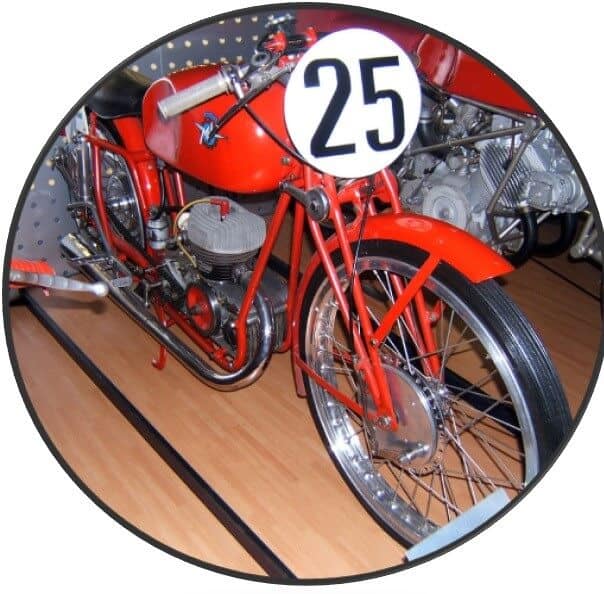
Agusta remembers 1953. The year saw the launching of the company’s unique 125 Pullman model, which was backed by the comprehensive lineup, aiding sales of over 20,000 bikes.
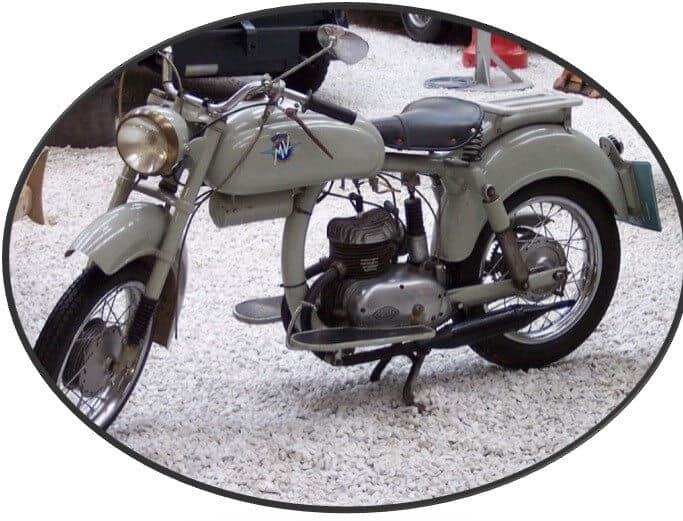
In the same year, Agusta opened a plant in Spain with a license to export motorbikes. Agusta had also produced MV Agusta 175 CST and CSTL, the first bike with a four-stroke engine that could attain a maximum speed of 100 km/h.
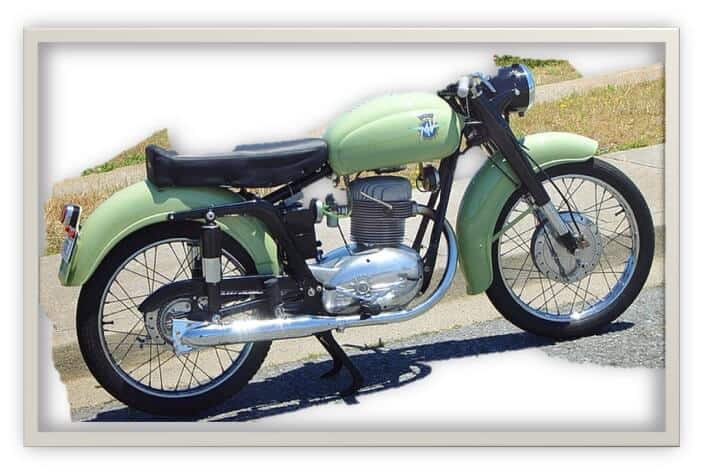

Shortly after CST, MV Agusta launched 175 CS, which was sportier with a larger carburetor, high compression ratio, giant cylinder head, aluminum rims, and painted red.
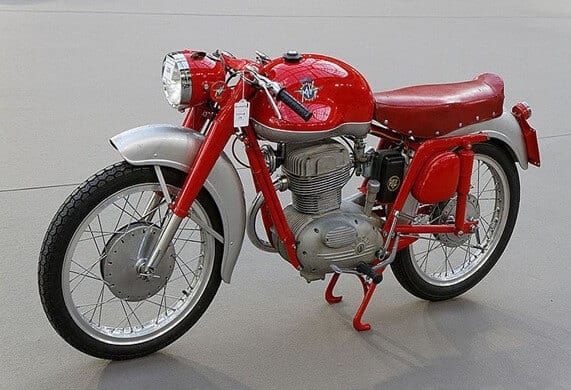
The year 1954 saw the introduction of 175 CSS, famously known as ‘the flying causer” (supersport), cranking 15 hp at 8,800 rpm.
In the following year, 1955, the company designed 175 CSS-5V to quench passionate racers. This new earth jet had a 5-speed gearbox, which helped it become part of motorbike racing history. One of these machines helped Mike Hailwood achieve victory.
Between this period and 1958, the company continued to produce off-road racing bikes alongside the road racing model, but things were not good for the business even with 250 cc models in the fall of 1956 and 16 hp 300 cc machines in 1959.
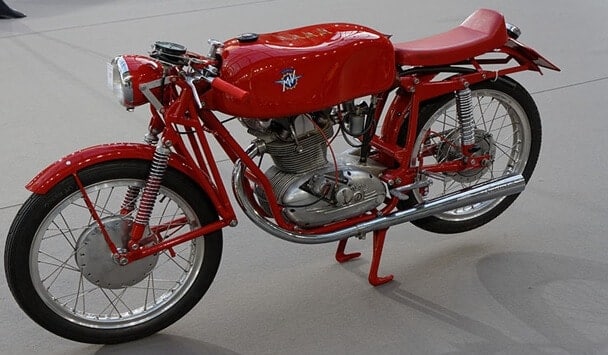
In 1957, MV launched a cheaper version of 175cc. It was this year when motorcycle manufacturers in Italy collaborated to jointly withdraw from the Grand Prix competition due to escalating costs and insignificant commercial success.
Although MV Agusta initially agreed to withdraw, the company went on to shine in Grand Prix racing after a second thought. They could win 500 cc world champions for 17 consecutive rounds. Agusta hired the best riders and engineers of that time, making the 3-cylinder and 4-cylinder red racing bikes a hallmark of racing in the following decades, thanks to their incredible road handling.
All 125 or fewer cc motorcycles had no place on highways since 1958 following the release of Italian Road Law (Italian: Codice Della Strada).
In response to this law, MV Agusta 150 RS (Rapido Sport) featuring 150cc was launched with a 10 hp engine ready to push the bike to limits. Although it came later, the Liberty family, presented in 1962, was also another machine released to attract younger bike riders and respond to the road law.
Due to low commercial success and a bid to prolong the warranty, MV Agusta engineers redesigned the lubrication system in 1959 to achieve superb reliability.
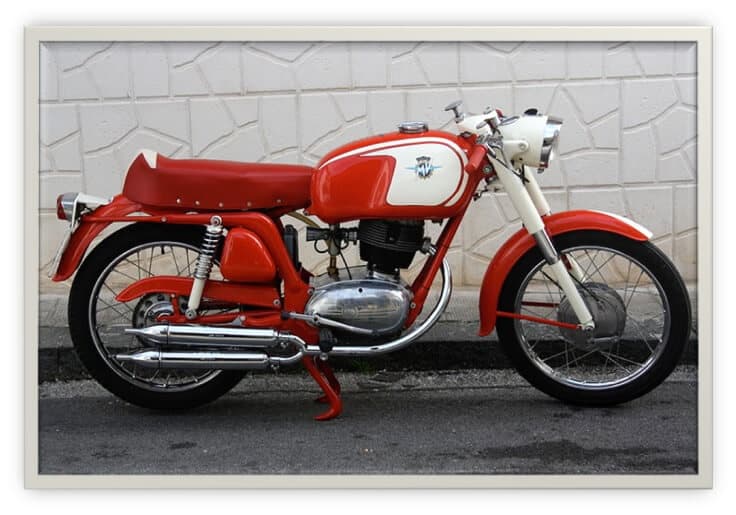
Unchallenged Dominators of the Race Track (1960 to 1980)
At the start of the 1960s, massive family car ownership led to a dramatic slowdown of the motorbike market. Responding to the change in customer taste, MV Agusta reacted with a genuine enterprising spirit by serving the market with new models that would allure motorbike lovers – and, indeed, it happened.
The strategy succeeded thanks to the uninterrupted success of MV racers in endurance races. The company made a decision to return to off-road sport.
Following the Fiamme Oro team’s order, the company designed 125 Regolarita in 1965, complete with a 125 cc engine cranking out 12.5 hp and a 5-speed gearbox. The motorcycle succeeded commercially, where several bikes were sold. During this season, a 5-speed gearbox was the standard for 125cc and 150 cc bikes.

Among the many machines created, the one fated to go down in history is the 600 four-cylinder of 1966, the first maxi motorcycle on the market offering a four-cylinder engine. Gleaned from Mike Hailwood’s 500 GP, the engine developed step-by-step into the top class 750 S America that could attain speeds of up to 220 km/h.
1965 marked the start of the Giacomo Agostini era, perhaps the most memorialized combination in the history of motorcycle racing with three- and four-cylinder 350 and 500 models that remained popular and were massively produced from 1967 to 1973. The prominent four-cylinder model was created to stage the battle with the Japanese two-stroke engines.
Agostini won the consecutive world championship in the 500 cc class with MV from 1966 to 1972. During this period the names MV Agusta, Agostini, and AGV became inseparable not only in Italy but worldwide.
In addition, MV Agusta won the Constructors’ World Championships from 1967 to 1972. The MV Agusta Tre is considered the most successful racing motorcycle in history.
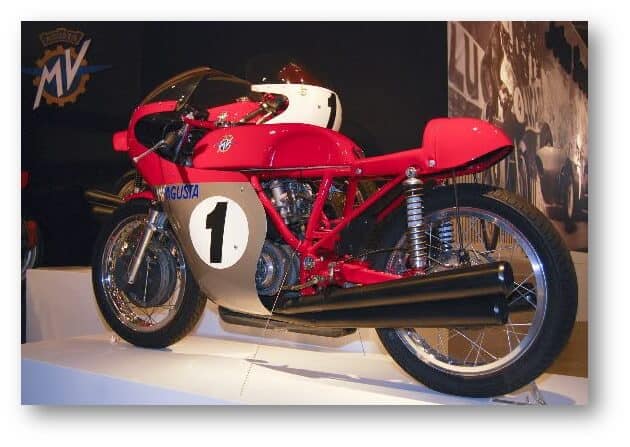
MV Agusta lost its guiding force after the death of Count Domenico Agusta in 1971. It was also faced with several economic difficulties. The company’s management was divided where one side wanted to continue investing in racing while the other aimed to cut it down to balance books.
This class resulted in limited development of the racing team and models in offers impoverished, leaving only two; the 350 and 750. 350 came in three different set-ups, namely Scrambler, GTEL, and SEL, while the 750 was available in Sport and Gran Turismo versions.
Even with these difficulties, MV Agusta continued to stand out in competitions. Agostini claimed the last MV Agusta victory in August 1976.

Due to the unstable economic waves, MV Agusta had to look for a new financial partner. Although a solution was found, it demanded the MV Agusta must quit the motorcycle industry to stand a chance to streamline its finances.
The tough decision saw the company abandon a new generation of twin 16-valve engines, which would have been exhibited at the Milan Motorcycle Trade Fair in 1977. Selling bikes continued until 1980 when the last motorcycle in the Cascina Costa warehouse was rolled out. This marked the end of that era.
Mv Agusta appeared in headlines again in July 1986 when bikes, prototypes, frames, and engines were advertised for sale from the MV Agusta legendary racing division.
Although there was a plea for the government to intervene and protect Italy’s engineering heritage, the entire property went to Italo-American Roberto Iannucci, which marked the end of MV Agusta industrial chapter in disagreement and remembrance of past glory.
The Revival: Rising From the Ashes (1992 to Date)
In 1992, Claudio Castiglioni acquired the legendary MV Agusta trademark. Being one of the most dynamic and determined investors in the motorcycle industry, the Castiglioni family was sure to promise the rebirth of MV Agusta. Production was moved to the Cagiva facility in Schiranna. Castiglioni invested heavily in R&D and even bought Massimo Tamburini to create a new model.
The first prototype was unveiled on the eve of the 1997 Trade Fair in Milan and initially presented to the press on September 16, 1997. When the MV Agusta F4 was uncovered, the world was amazed to see it in red and silver like its ancestors. The bike was an immediate success attributed to the system that revived lost symphonies.
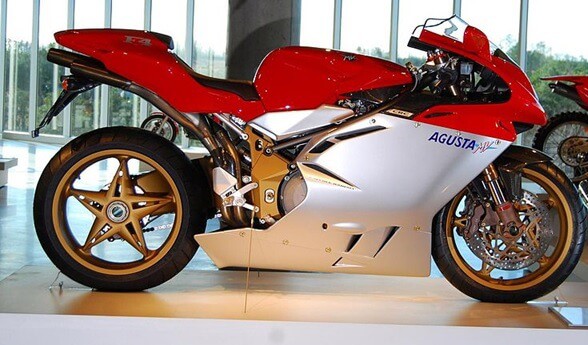
The Agusta F4 Gold Series was exhibited in April 1999 for the first time attracting many publications’ attention. With an impressive speed of over 280km/h, unique chassis, and seducing handling characteristics, F4 was universally acknowledged to make a difference. Even with a scary price tag, it was bought by goons and bike lovers.
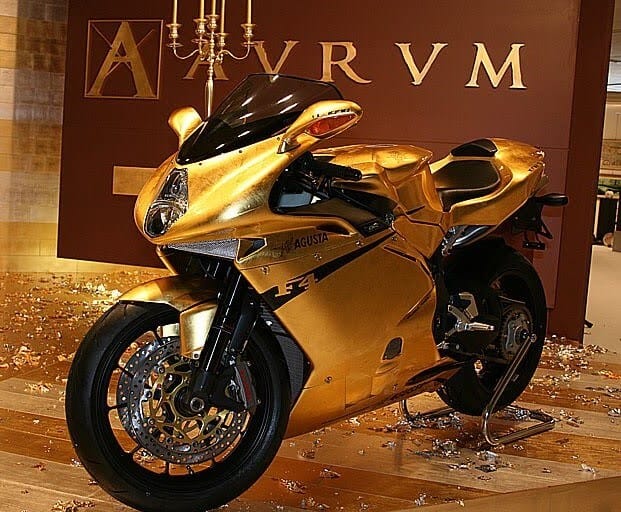
MV expanded its model range in 2003 with the naked Brutale, but Claudio sold a significant stake to Proton due to cashflows issues. Later in 2008, Harley-Davidson acquired the MV Agusta, where he sold it back to Claudio following some problems.
Under the Castiglioni family, MV Agusta presented F4 1000, complete with a new four-cylinder engine and capacity of 998cc shoving out 201 hp.
MV Agusta F3 635 was introduced in 2012, shortly after the death of Claudio, and with Giovanni at the helm, MV invested heavily in fresh models. Rivale was presented in 2013.
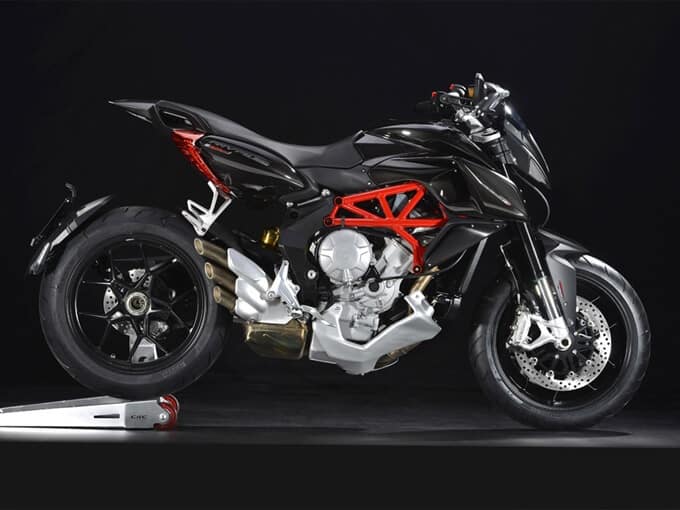
Turismo Veloce came designed to be incredibly comfortable together with accelerating Dragster in 2014, Stradale was introduced in 2015 under Giovanni.
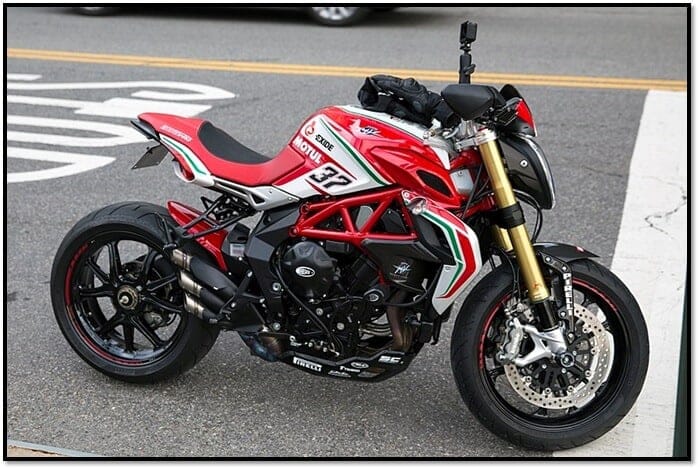
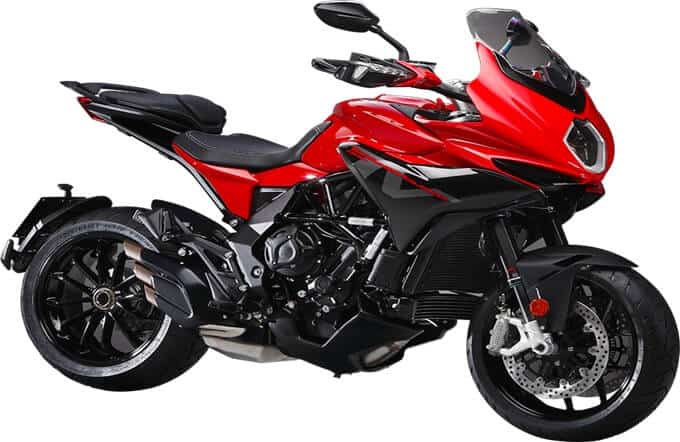
Mv Agusta continued to attract the attention of Mercedes-AMG, who bought a 25% stake, but this didn’t secure the company. This legendary company was again hit by financial issues in 2016, necessitating financing from the Black Ocean Group.
The company continued to upgrade to top-notch models like RVS#1, F$ Claudio, Brutale 1000 Series Oro, and Supervelove Ottocento.
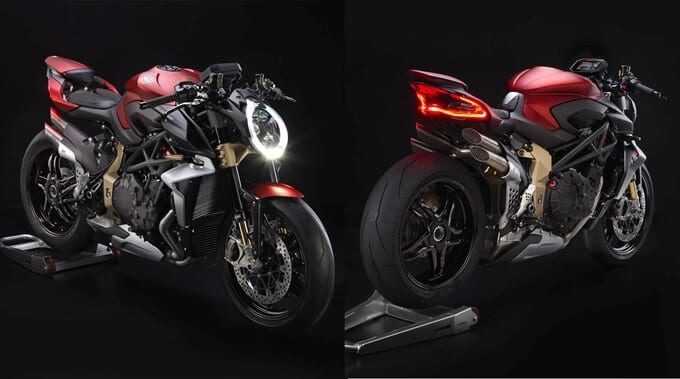
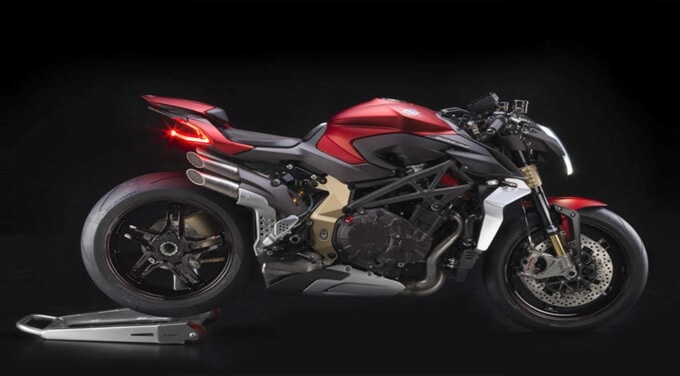

MV Agusta was bought by the Sardarov family and is headed by Russian businessman Timur Sardarov. The management continues to uphold the brand’s legacy of design, speed, and cutting-edge engineering technology.
MV Agusta new plan included increasing sales, launching new impressive models, restyling the production line, and reaching a breakeven point with a couple of years.
You May Also Like:
The Amazing History Of AGV Helmets And Gino Amisano
The Origin And History Of AGV Sports Group And The AGVSPORT Brand
 I've diligently categorized my motorcycle gear recommendations into all available categories, with the aim of providing you with a comprehensive analysis that showcases the absolute best options for all your needs. These items are the culmination of in-depth research, extensive testing, and personal use throughout my vast experience of 50+ years in the world of motorcycling. Besides being a passionate rider, I've held leadership positions and offered consultancy services to reputable companies in over 25 countries. To See Top Picks and the Best Prices & Places to Buy: Click Here! |
Information for this article was partially sourced and researched from the following authoritative government, educational, corporate, and non-profit organizations:



